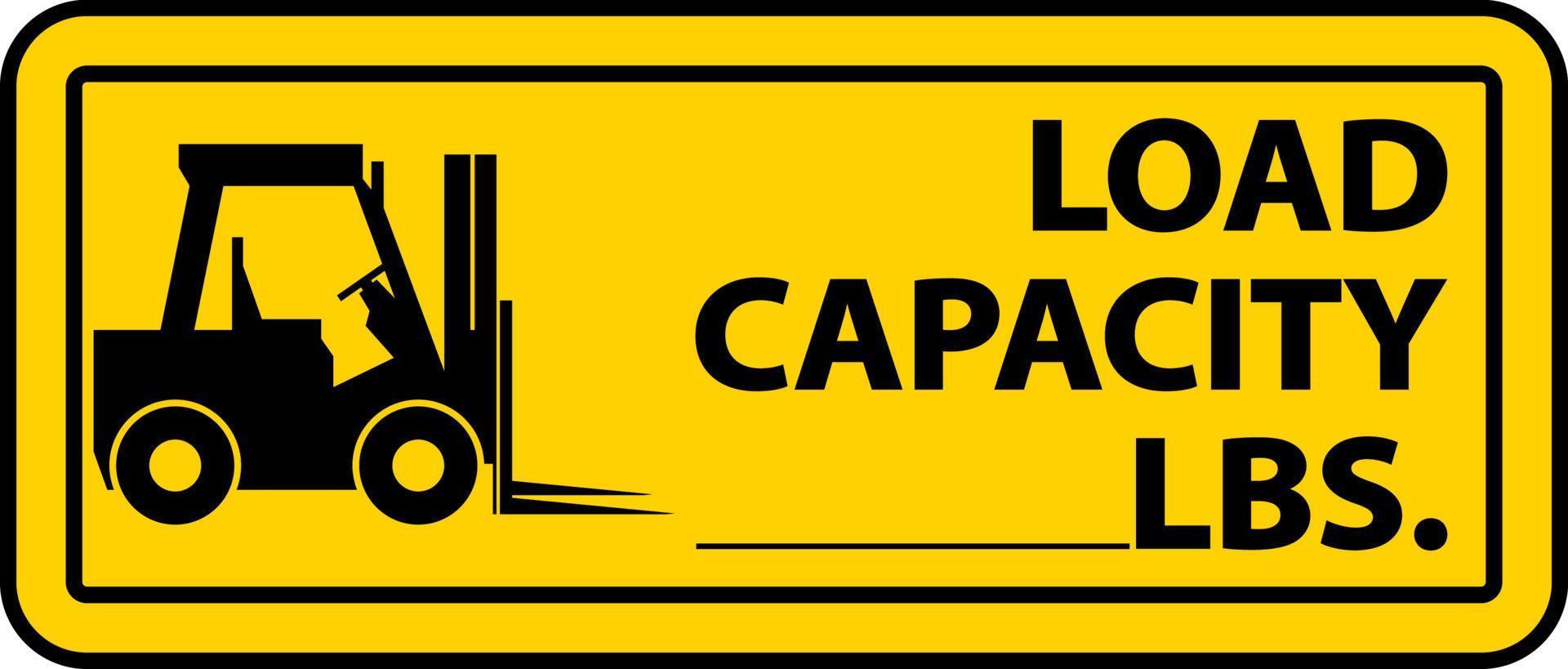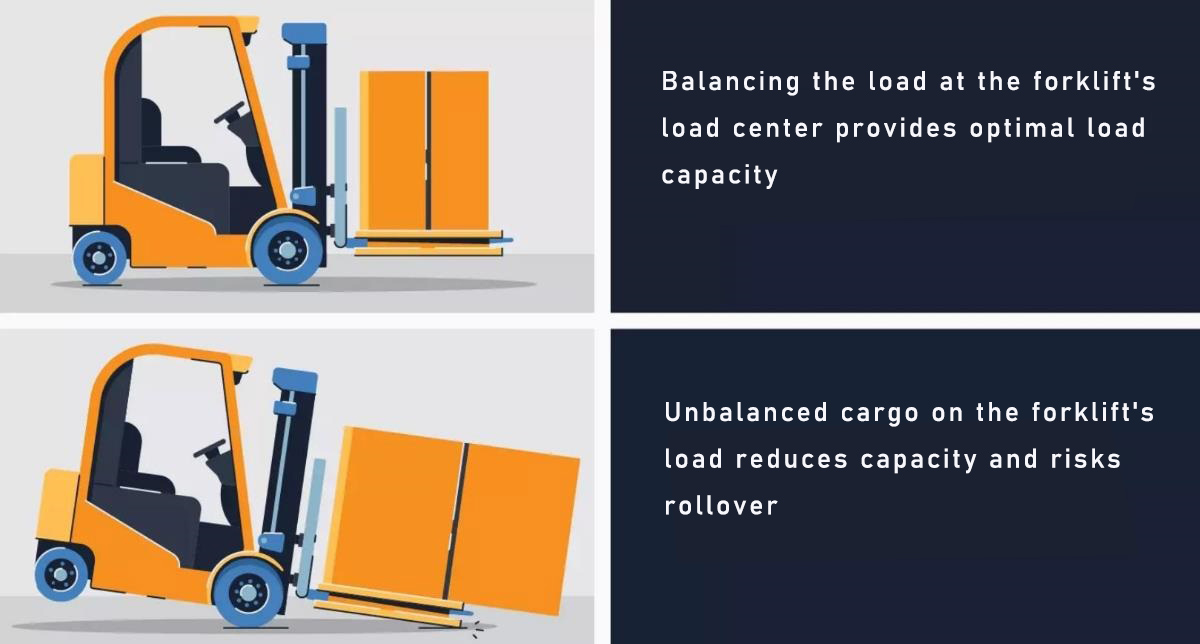Forklift load secrets
Jan 05, 2024The load capacity of a forklift refers to the total weight that a machine can safely carry within a specific period of time. While most forklifts come with a nameplate that states an estimated load capacity, this number is not always accurate.
According to reports from authoritative organizations, up to 62,000 workers are injured every year due to forklift-related accidents. Especially electric counterbalance forklifts, heavy duty forklifts and some electric stackers that carry heavy goods. Carrying overweight cargo is already one of the leading causes of forklift accidents.
Calculating a forklift's load capacity takes time and expertise. The operator must consider factors such as lift height, attachment weight, and the condition of the equipment. Considering these details will maximize job site safety and ensure your equipment has the longest possible lifespan.

How much can a forklift lift?
Depending on the model, a forklift can handle between 3,000 and 158,000 pounds.
When considering the total weight capacity of a forklift, you need to consider its rated capacity and net capacity.
Rated capacity refers to the total weight listed on the forklift's nameplate. Typically, a weight rating covers a recommended weight range rather than a hard limit.
Derated capacity refers to the degree to which load capacity decreases when older equipment, unstable terrain, or other factors affect performance. Net capacity or payload capacity is the actual weight a forklift can carry. Net capacity takes into account derated capacity, mast type, attachments, the truck's own weight and any modifications.
Rated and net capacities may vary depending on circumstances.
An experienced operator can estimate the load capacity of a forklift based on its model. The carrying capacity of a piece of equipment is related to its power source and size.
What affects the ability to improve?
Determining a forklift's load capacity sometimes requires expertise and careful calculations. The size of a forklift, the distribution of its cargo, and the condition of the equipment all affect its total load capacity. Key factors to consider include:
Load center
The load center of a forklift is the horizontal distance from the vertical surface or front end of the fork to the center of gravity of the cargo. Typically, the load center of a forklift is 2 feet from the front of the forks or the center point of a 48-inch pallet. If the operator fails to place the load in this position, it will reduce the load capacity of the forklift. The term "carrying capacity" describes the total weight that a forklift can handle at an ideal center position for the load.

Forklift size
The weight and size of a forklift will affect its load capacity. Generally speaking, larger forklifts can usually handle heavier loads. The size of a forklift affects the amount of leverage the equipment uses to lift heavier loads. Operators should also keep in mind that larger forklifts are more prone to rollover and steering problems on unstable terrain.
Lifting height
The height at which a forklift carries cargo will affect its total carrying capacity. The load capacity of a forklift is reduced at higher lift heights, and because taller loads can increase instability, OSHA recommends that operators hang loads as close to the ground as possible.
Appendix
While forklift attachments allow equipment to carry more material, they also affect their capacity. Therefore, teams must always subtract the weight of accessories from the rated capacity of the equipment. Attachments can also change the forklift's center of gravity. Depending on the shipping situation, this makes finding the load center more difficult. Forklift status
The better the condition of the forklift, the more it can lift at a given time. Wear on tires, forks and internal components can affect the machine's ability to operate. Therefore, older forklifts in need of repair and maintenance offer lower net capacities.
What happens when the total forklift weight is exceeded?
Exceeding a forklift's load capacity can damage the machine and jeopardize employee safety. Therefore, operators should obtain forklift certification and learn how to avoid this situation at all costs. The time saved by carrying overweight cargo is not worth the cost of damage and injuries. Exceeding the total capacity of a forklift can create safety hazards such as:
Tip over
Carrying heavy loads on unstable terrain can cause the forklift to tip over.
Steering failure
Carrying more material than the total capacity can make it difficult for the forklift to steer correctly.
Overflow load
Exceeding the net capacity of the machine may cause material to slip off the forks.
Equipment damage
Towing an excessively heavy load can damage the forklift's mast, tines, and attachments.